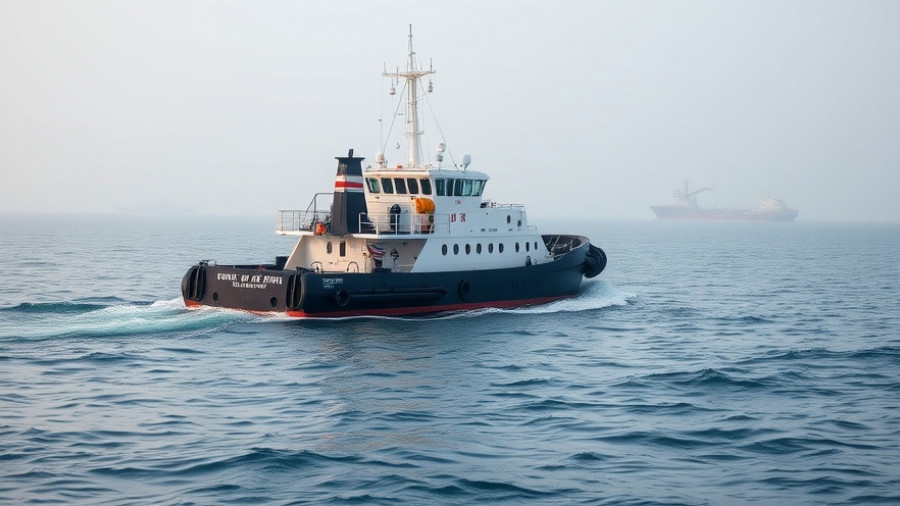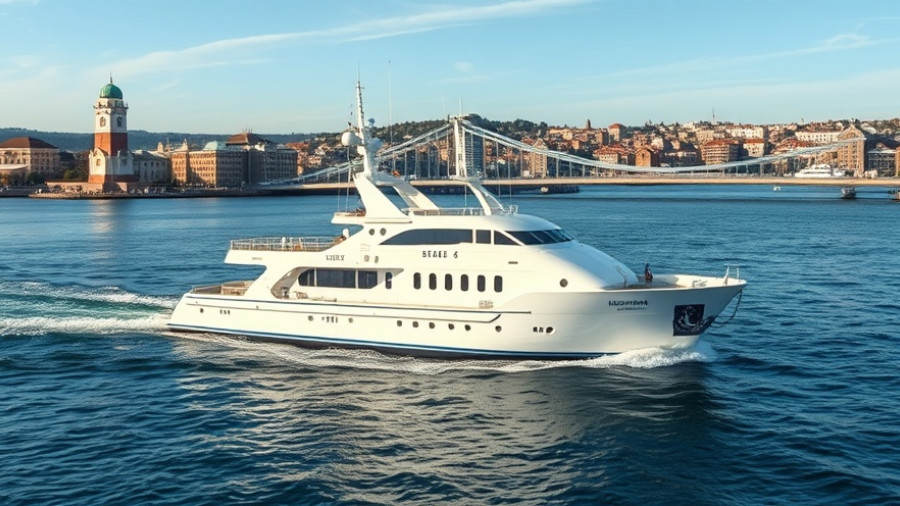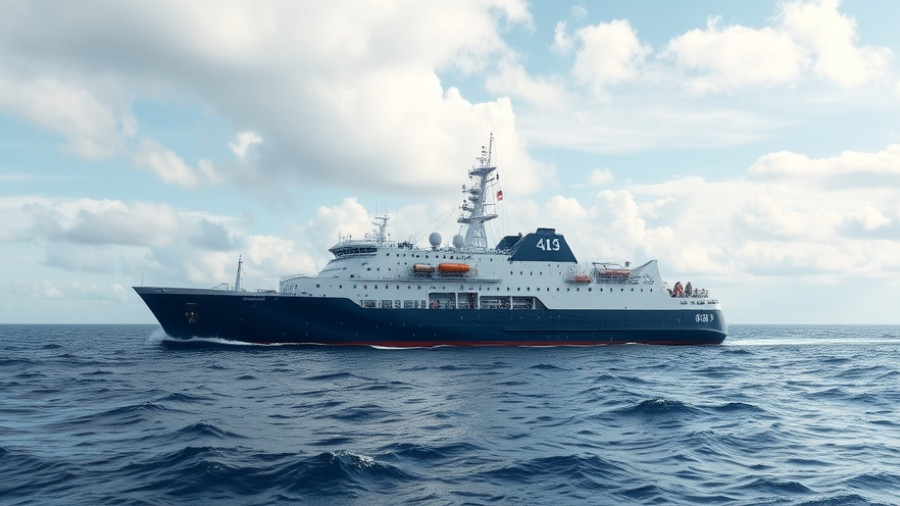
Atlantic Shrike's Journey to Enhanced Efficiency
The maritime industry stands at a critical crossroads where operational efficiency and environmental responsibility converge. As the pressure escalates to reduce greenhouse gas emissions, ship operators like Atlantic Towing Limited are pivoting towards innovative solutions to modernize their fleets. Their recent retrofit of the Atlantic Shrike, a diesel-electric Platform Supply Vessel (PSV), serves as a prime example of how technological adaptation can lead to tangible benefits.
A Bold Step Forward in Decarbonization
Equipped with Vard Electro's SeaQ Energy Storage System (ESS), the Atlantic Shrike has reported an impressive 11% fuel reduction across all operations. This retrofit not only complies with stringent emissions regulations but also optimizes operational performance. The vessel, which operates predominantly in the Grand Banks off Newfoundland and Labrador, demonstrates how fleet modernization can align with ecological concerns.
What Makes the SeaQ Retrofit So Effective?
The SeaQ ESS is designed for seamless integration with existing power and automation systems, enhancing operational reliability and performance. During low-load operations, such as harbor maneuvers and transit, battery systems play a crucial role. They reduce reliance on multiple generators that often operate under inefficient low loads, enhancing fuel efficiency and minimizing emissions. Additionally, the system results in a quieter engine, contributing to improved crew comfort.
Real-World Impact: Measurable Results
The retrofit has proven to be highly effective, with the Atlantic Shrike achieving verified reductions of 362 tonnes of CO₂ emissions in 2024. This substantial achievement is a testament to the benefits that a well-executed battery retrofit can deliver. Not only does it enhance fuel efficiency, but it also extends maintenance intervals and sharply reduces engine noise, ultimately improving working conditions in the engine room.
The Broader Implications for the Maritime Industry
As fleet operators pursue sustainability, vessels like the Atlantic Shrike provide a model for how technology can drive decarbonization. Industry experts highlight the urgency for the maritime sector to embrace innovations that tackle these challenges effectively. With changing regulations and market pressures, retrofitting older vessels may be the key to optimizing costs while meeting environmental mandates.
Future Trends in Maritime Decarbonization
Looking ahead, the success of the Atlantic Shrike is likely to influence broader adoption of similar technologies throughout the maritime industry. As students study this case and shipbuilders consider their next moves, the message is clear: innovation is not just an option; it's a requirement. Future trends may focus on even more integrated systems that couple wind technology with battery storage solutions, paving the way for zero-emission vessels.
Conclusion: Embrace the Change
The journey of the Atlantic Shrike underscores the potential for retrofitting to serve dual roles: enhancing fleet operational efficiency while adhering to environmental compliance. The substantial fuel savings and operational improvements present a compelling case for investment in technology-driven solutions. As the industry pivots towards decarbonization, maritime stakeholders must observe, adapt, and consider the pathways for integrating sustainable technologies in their fleets.
 Add Row
Add Row  Add
Add 




Write A Comment